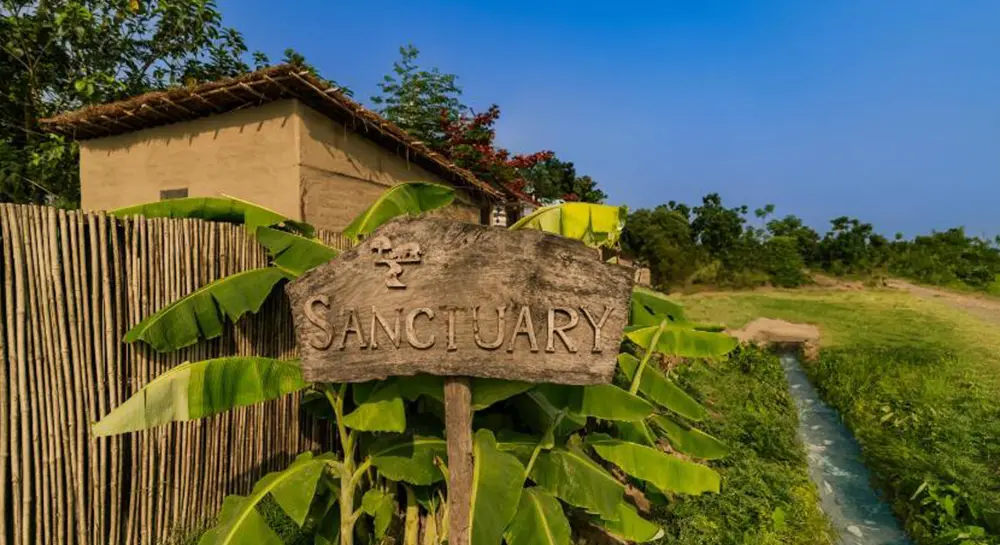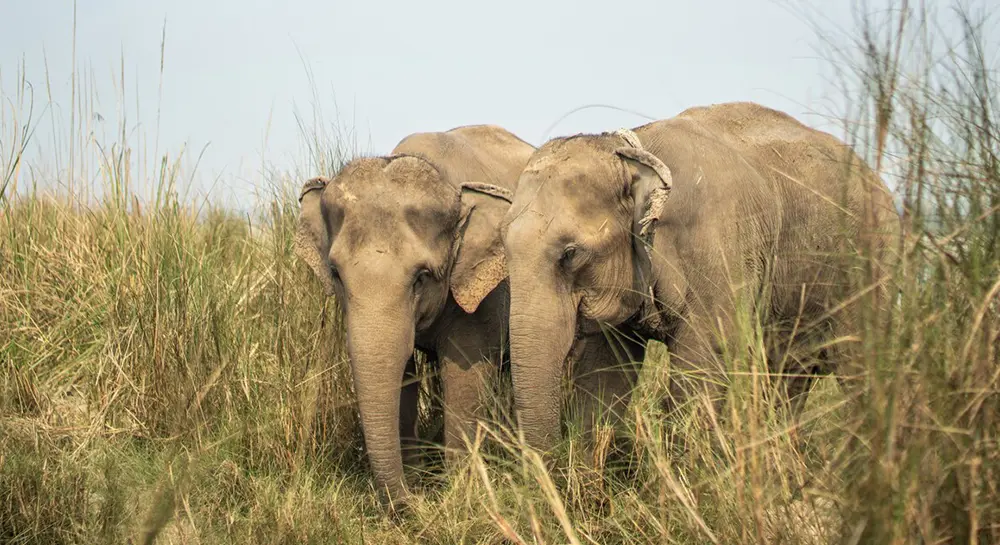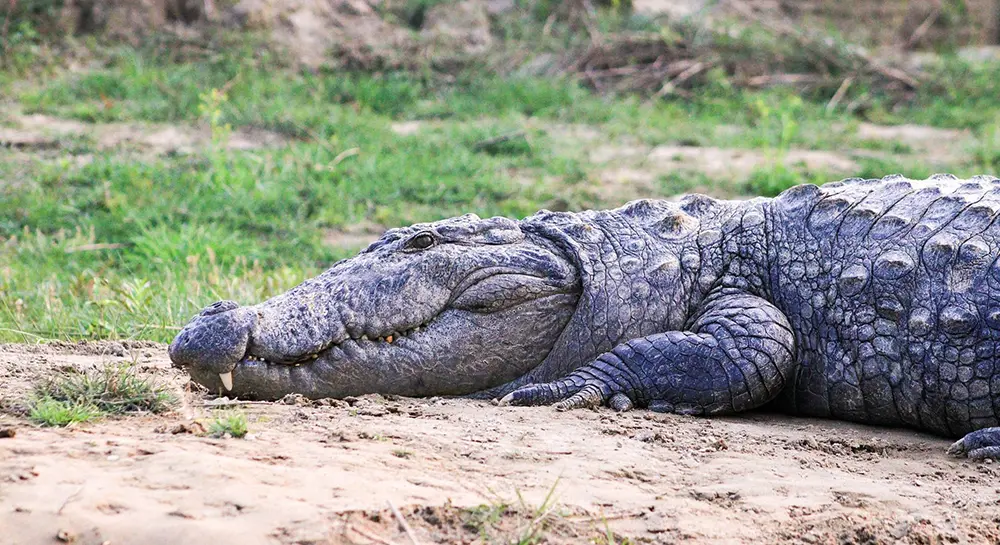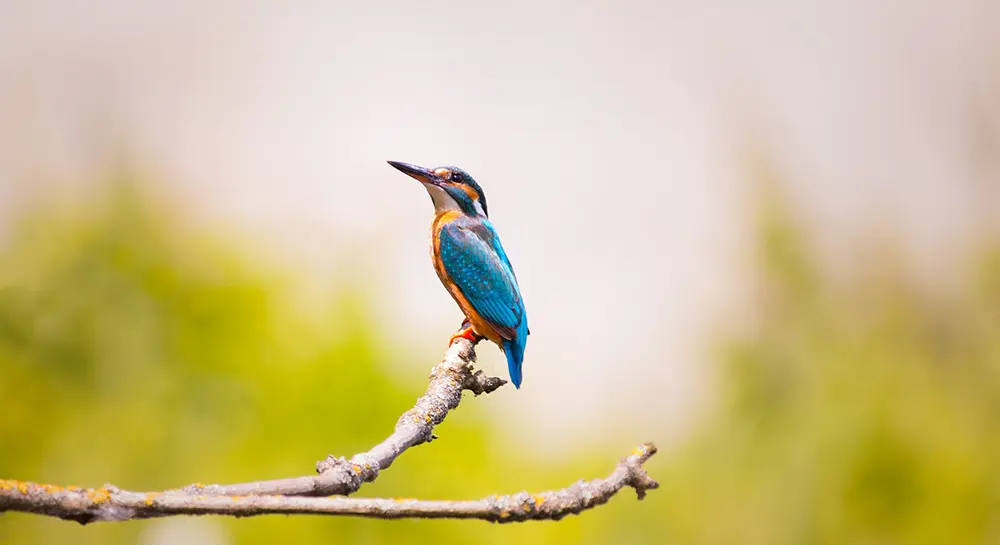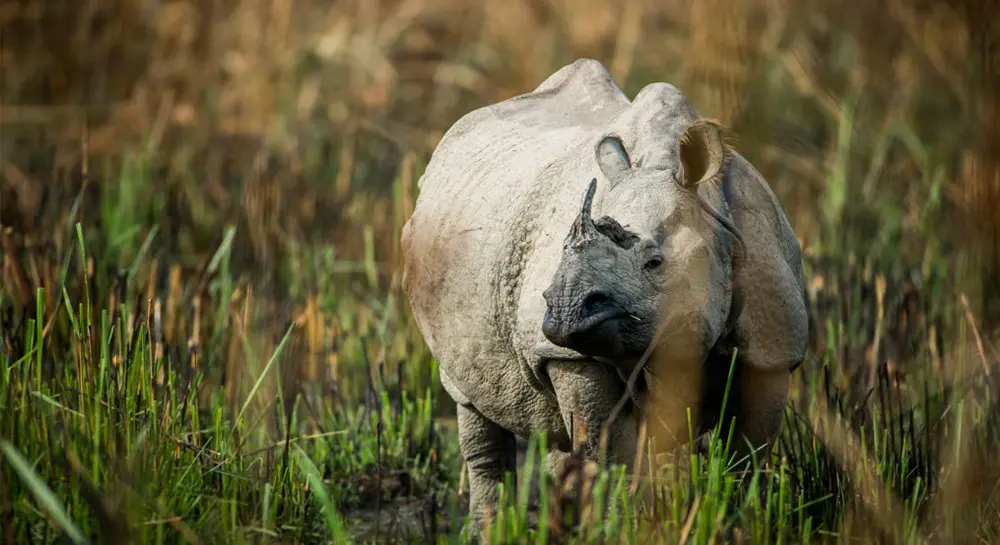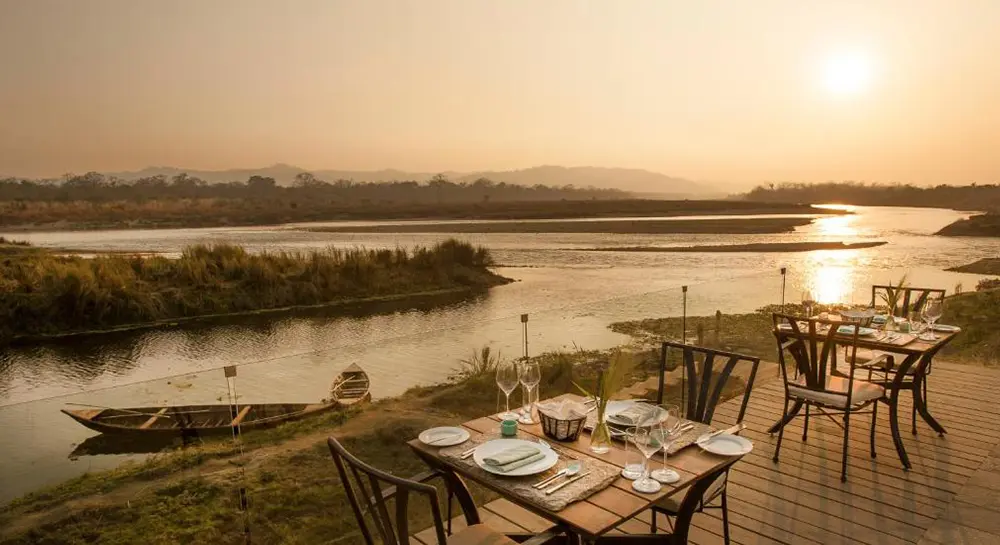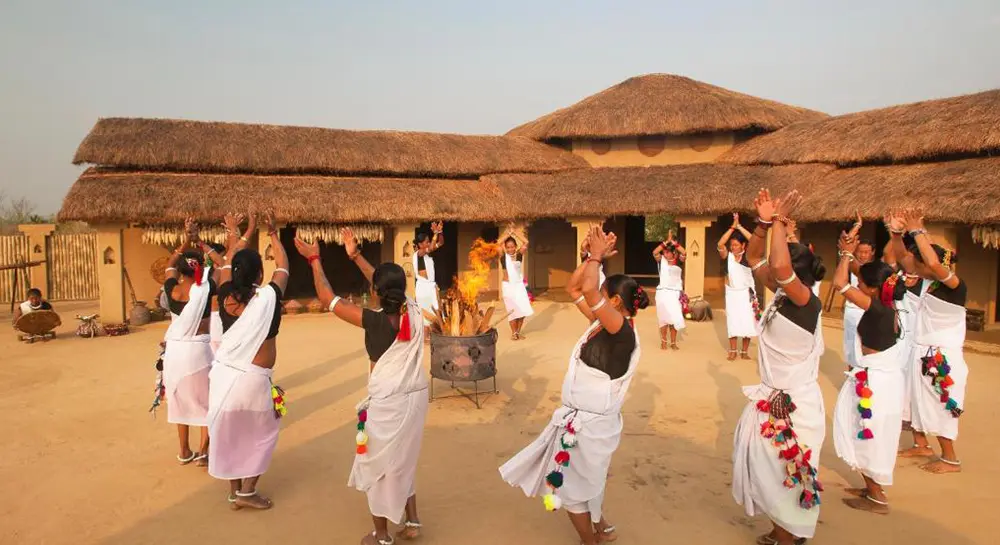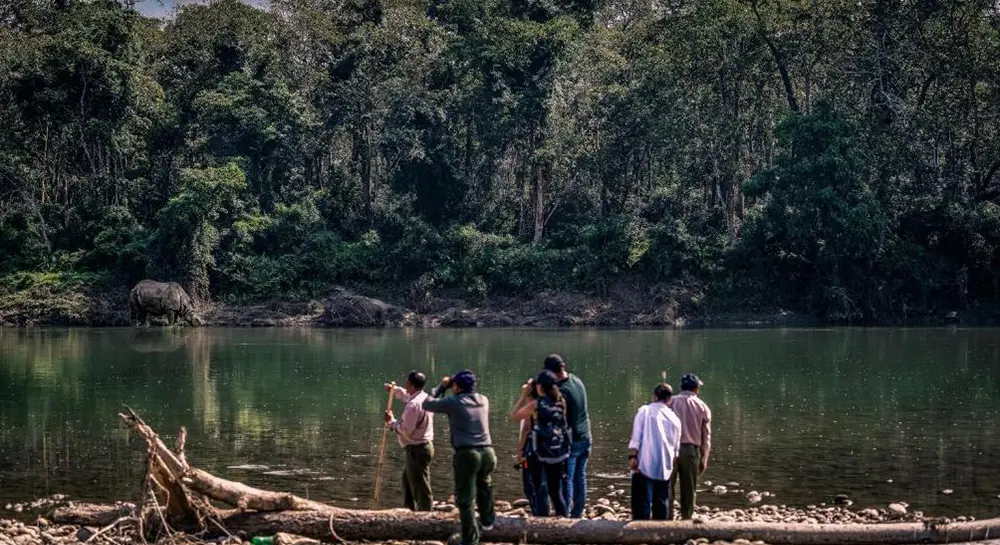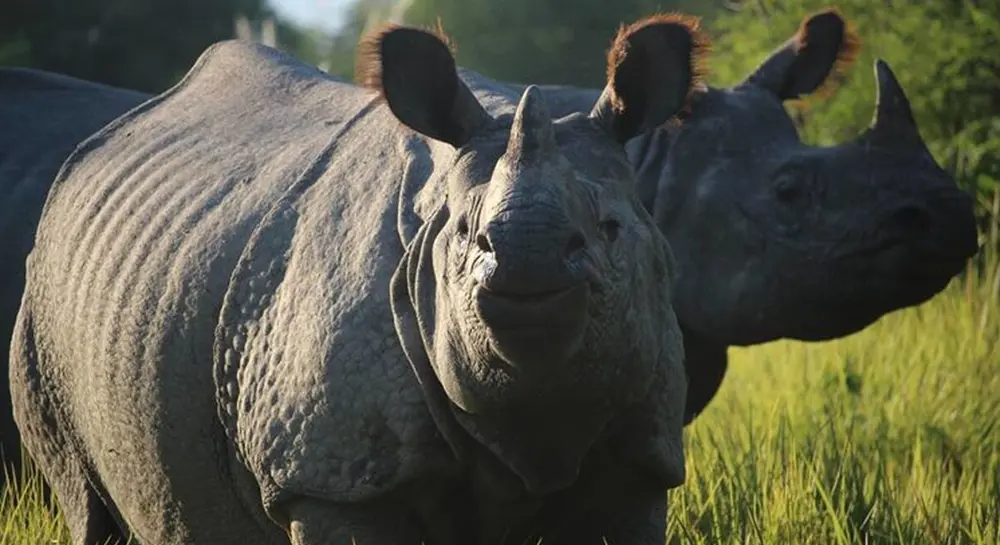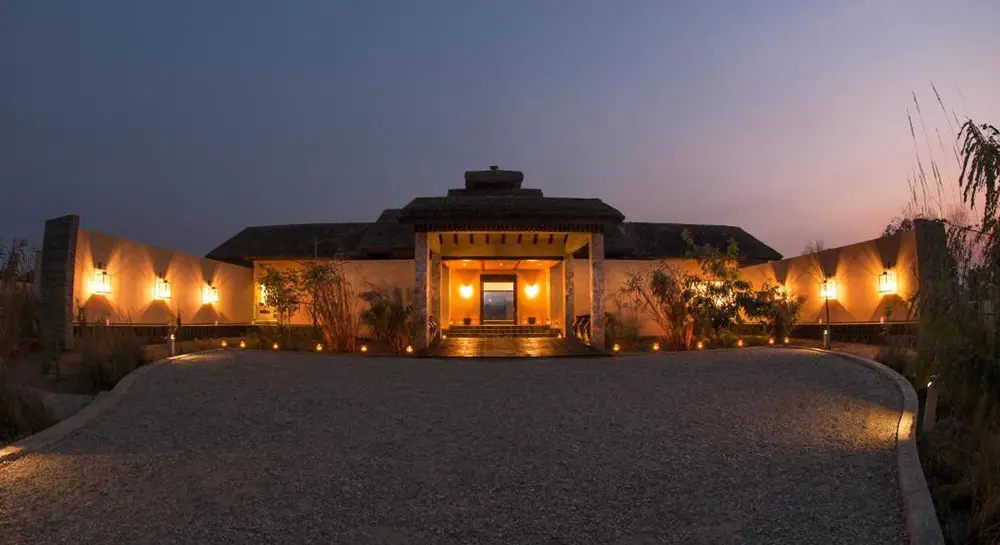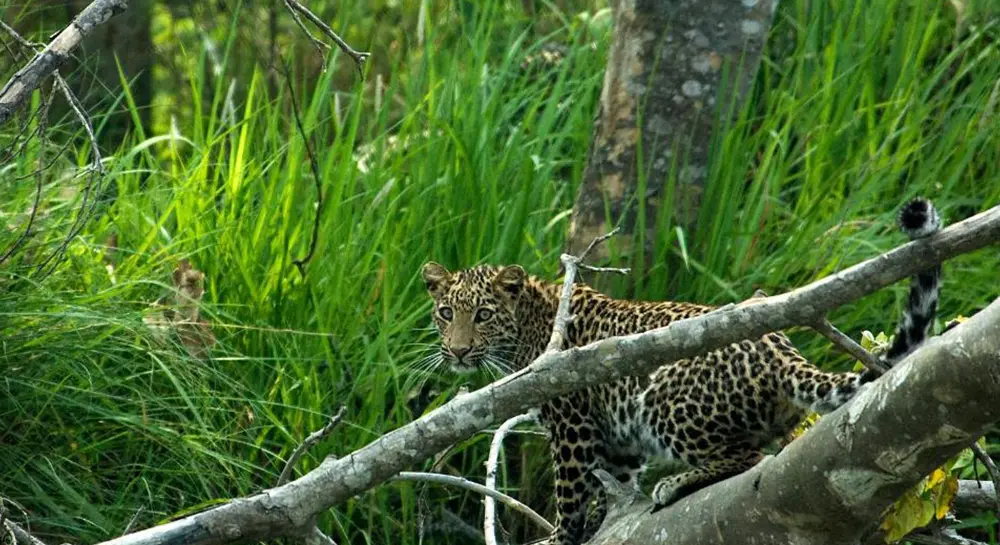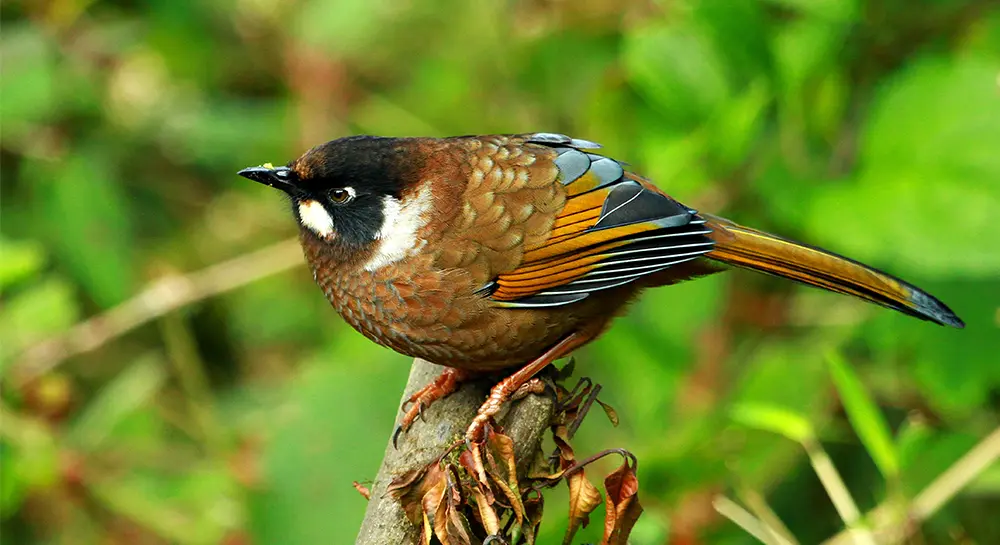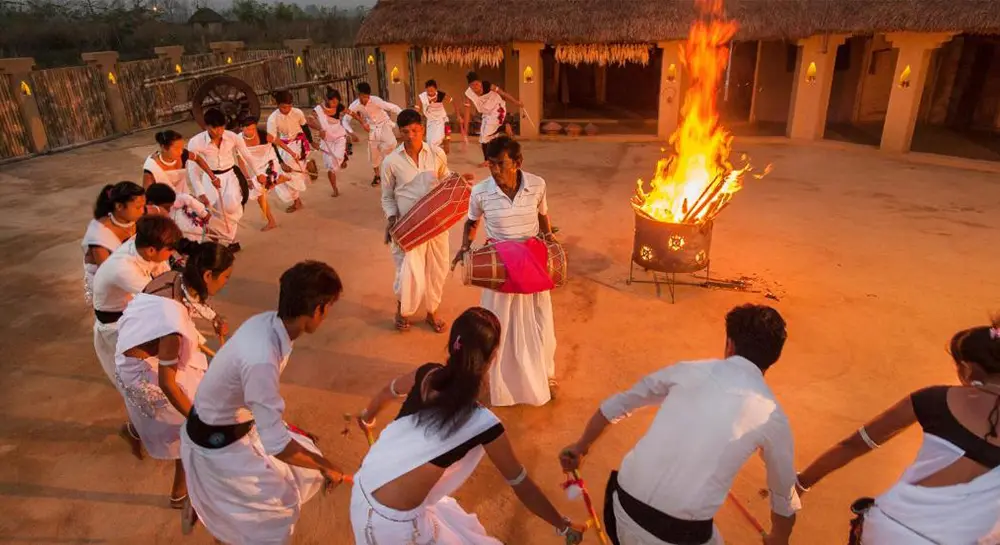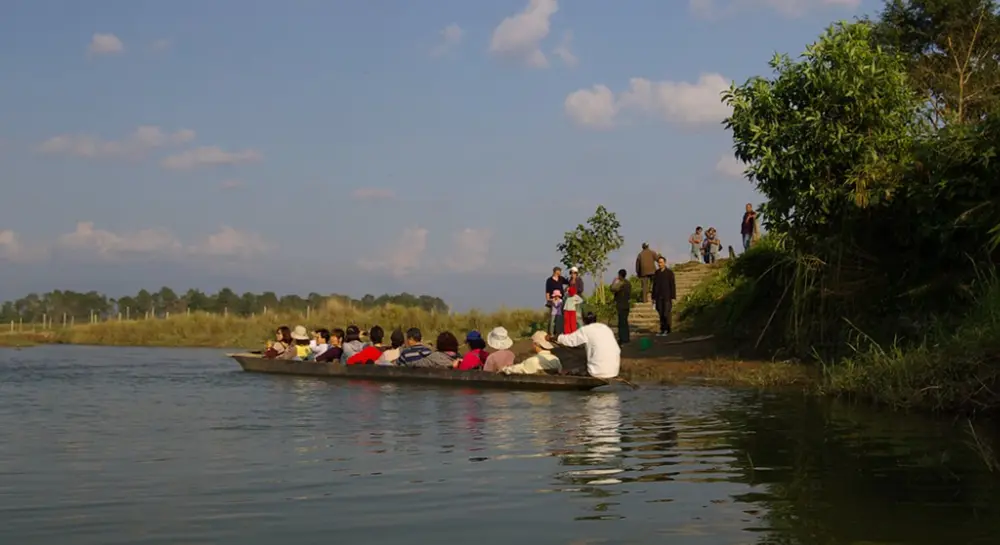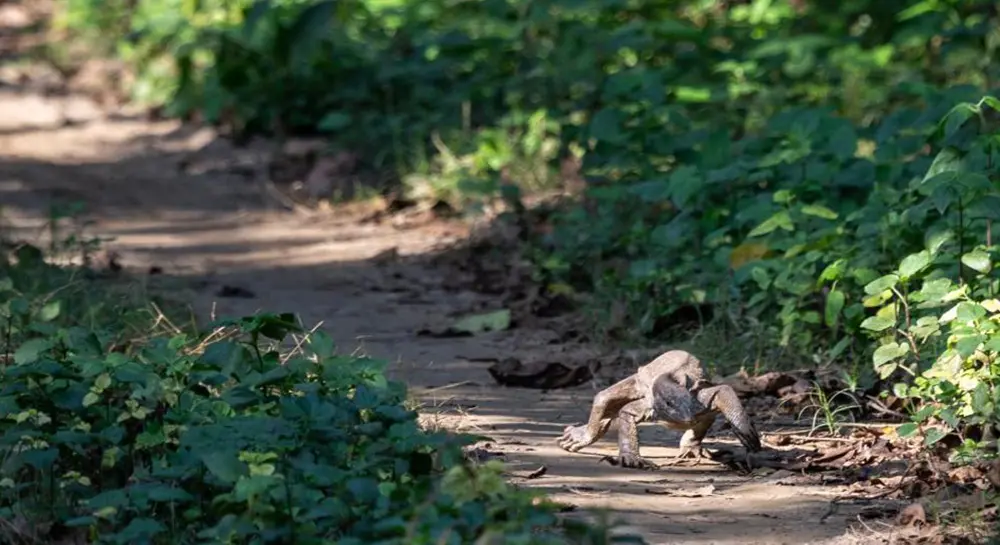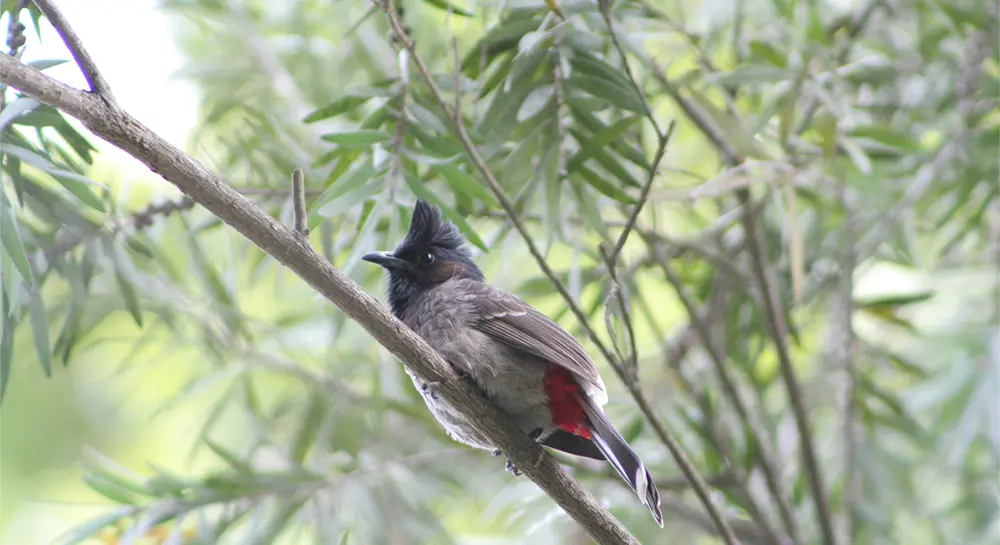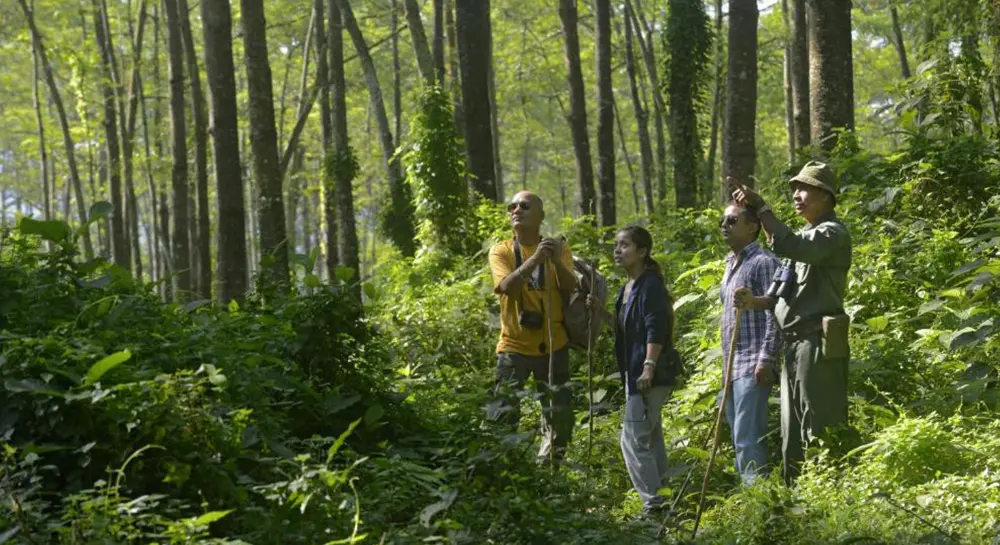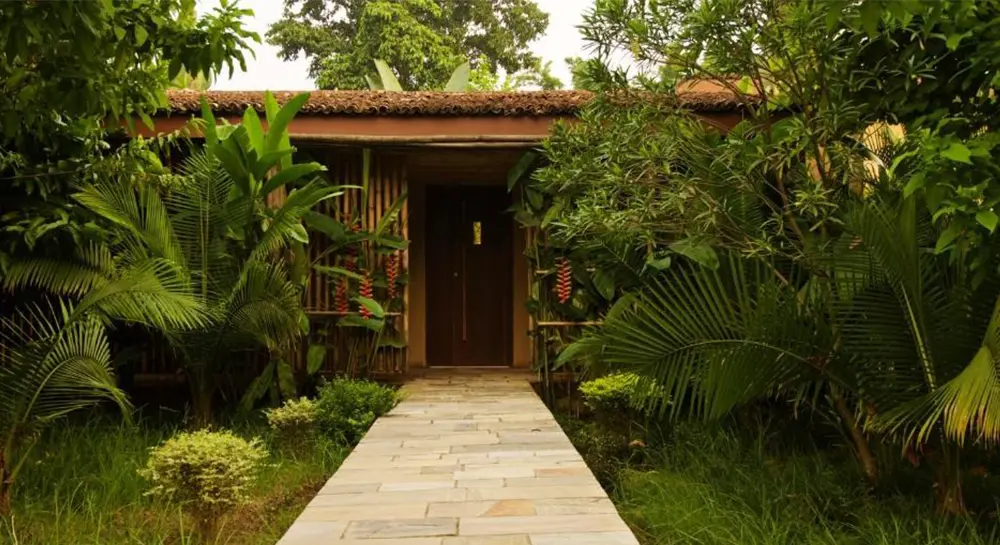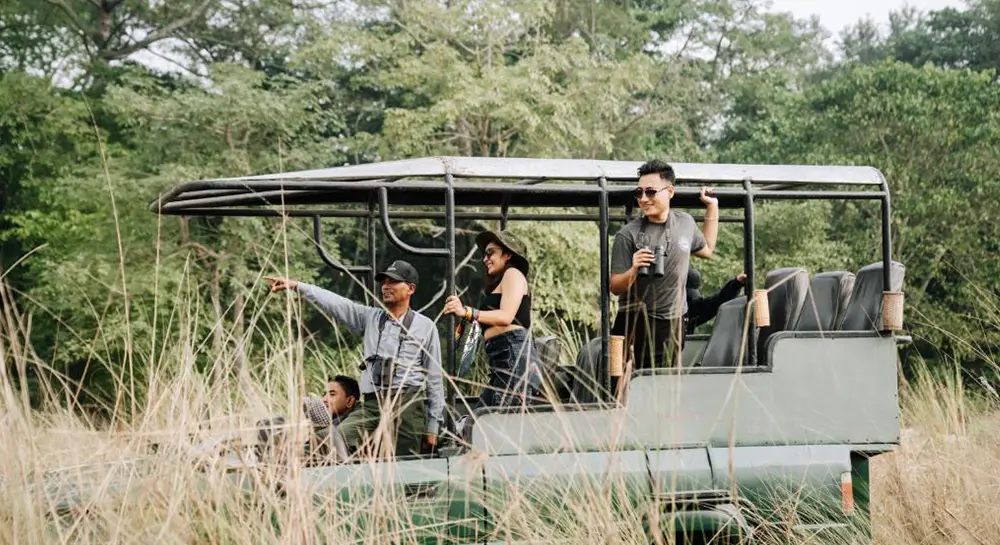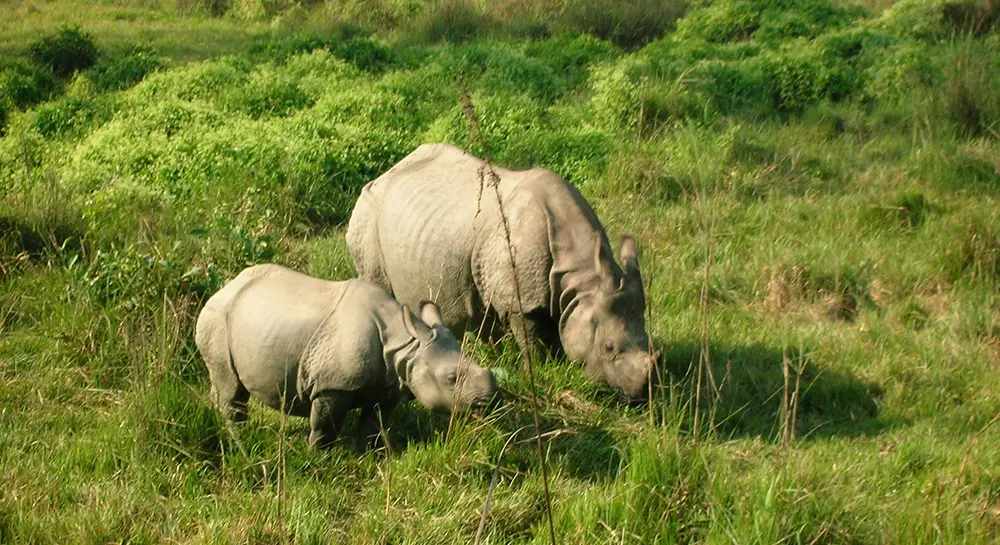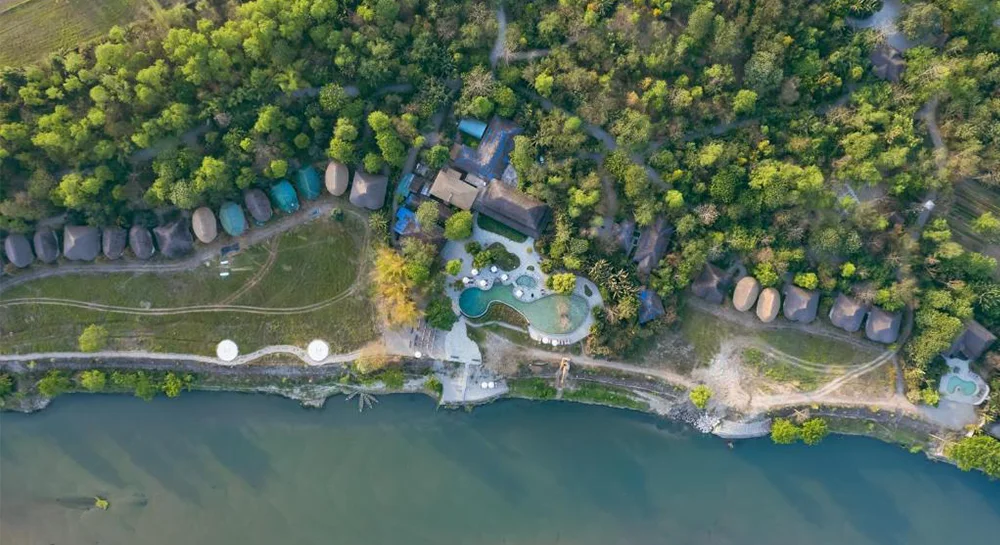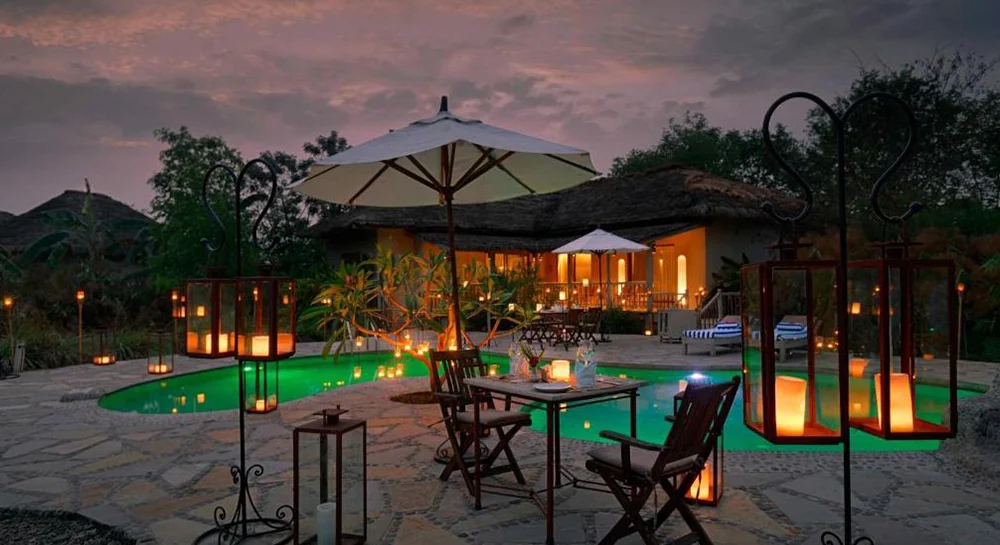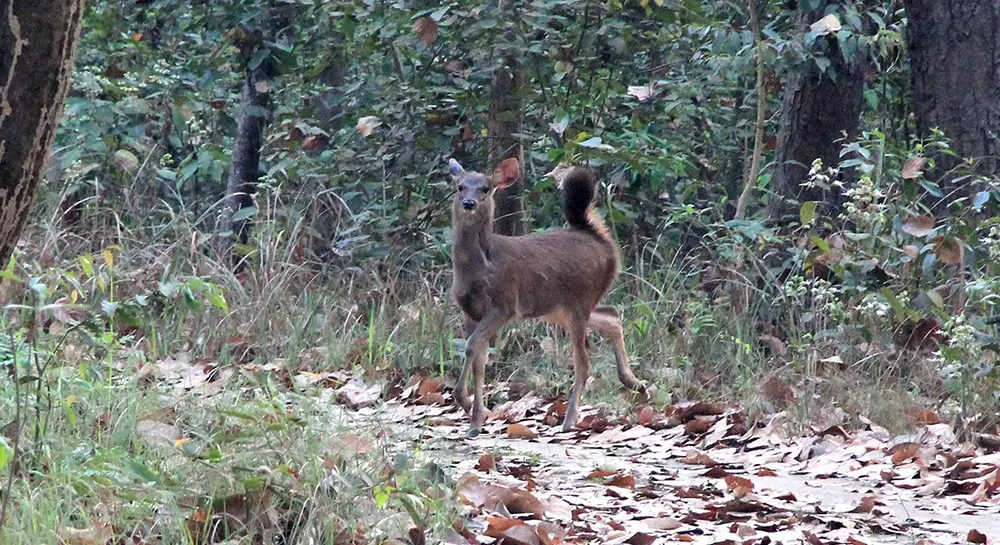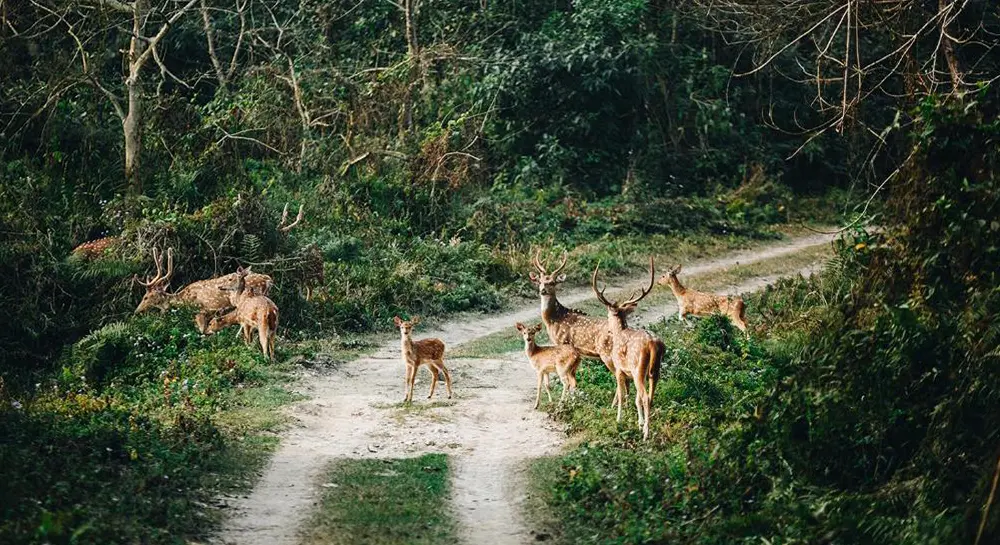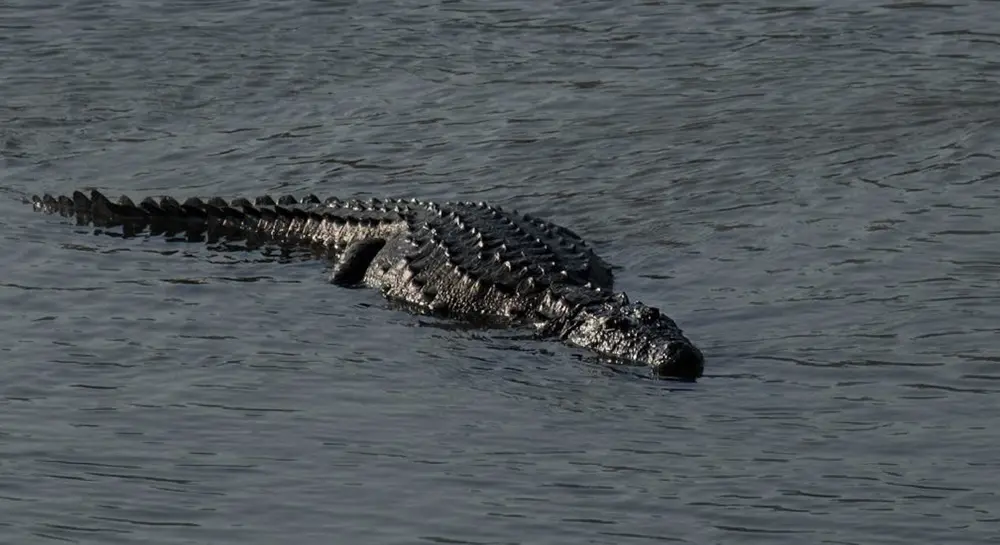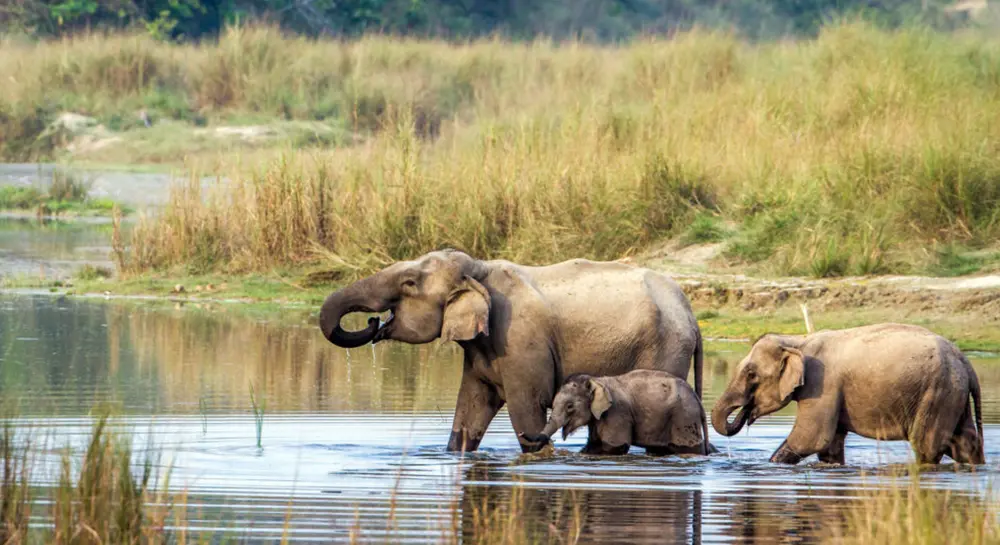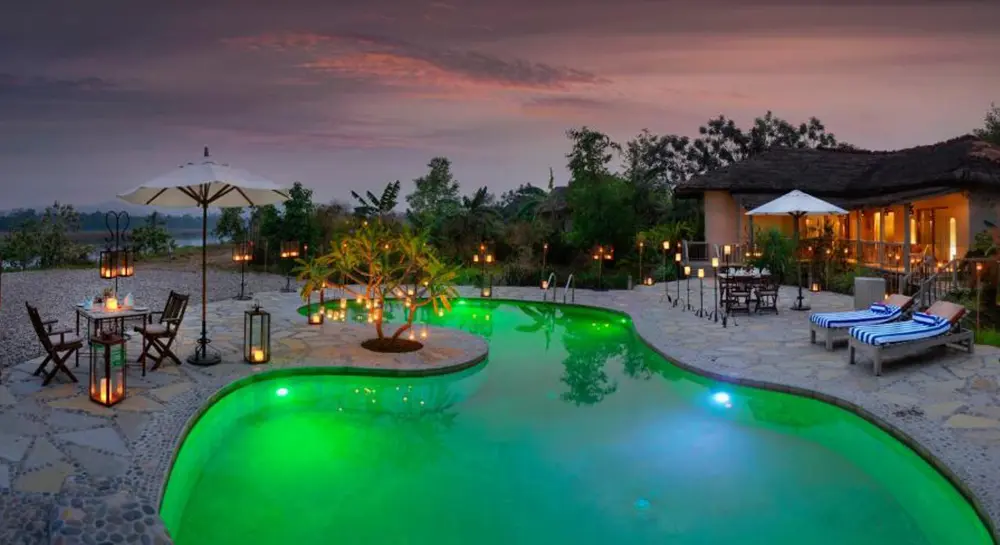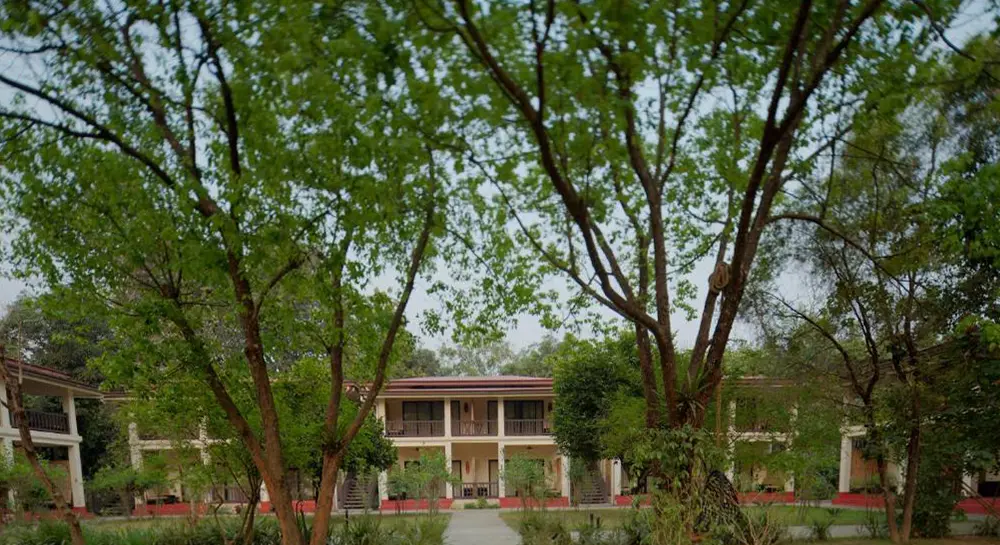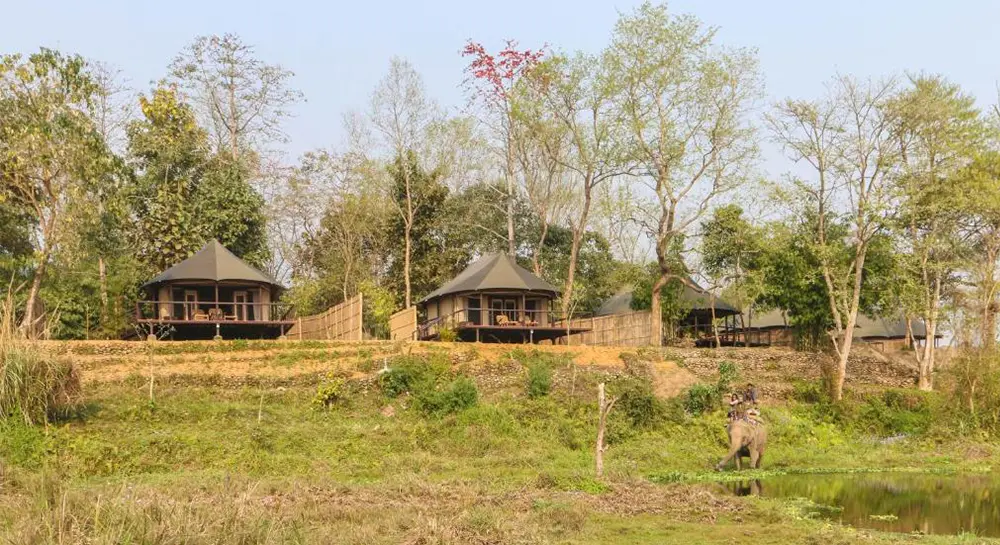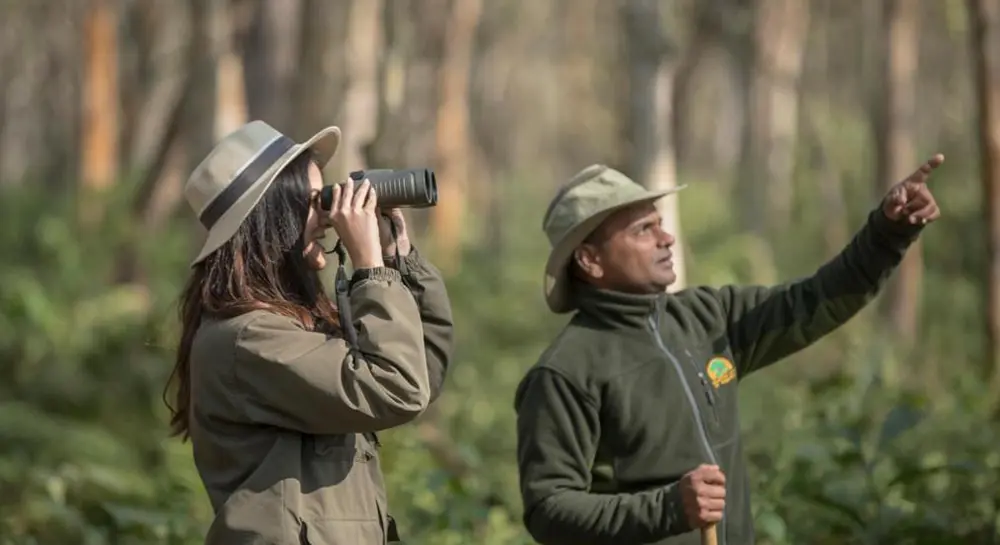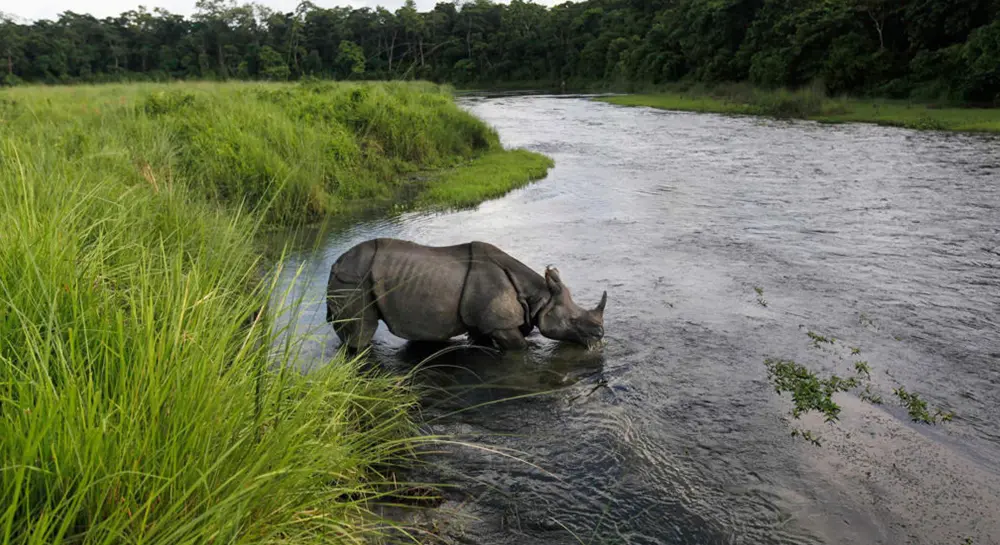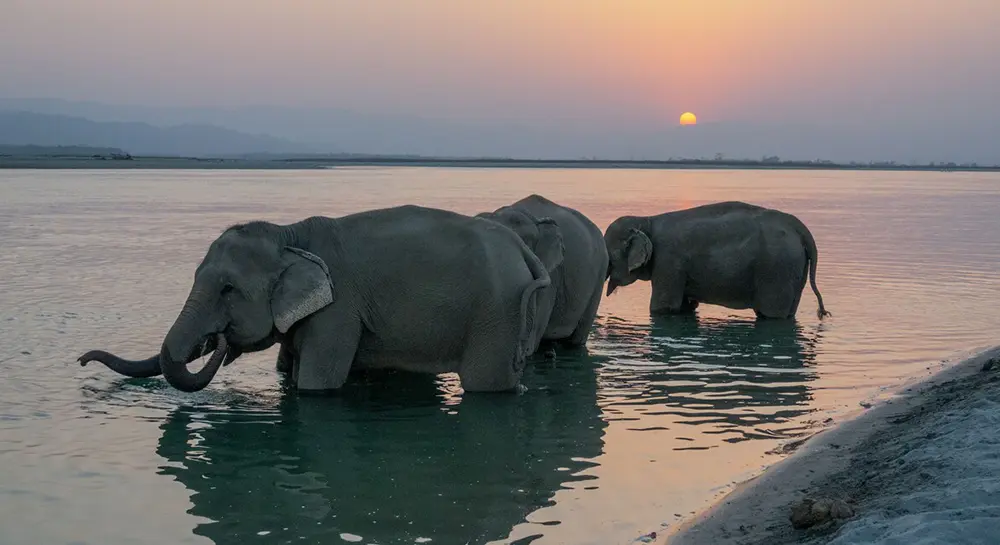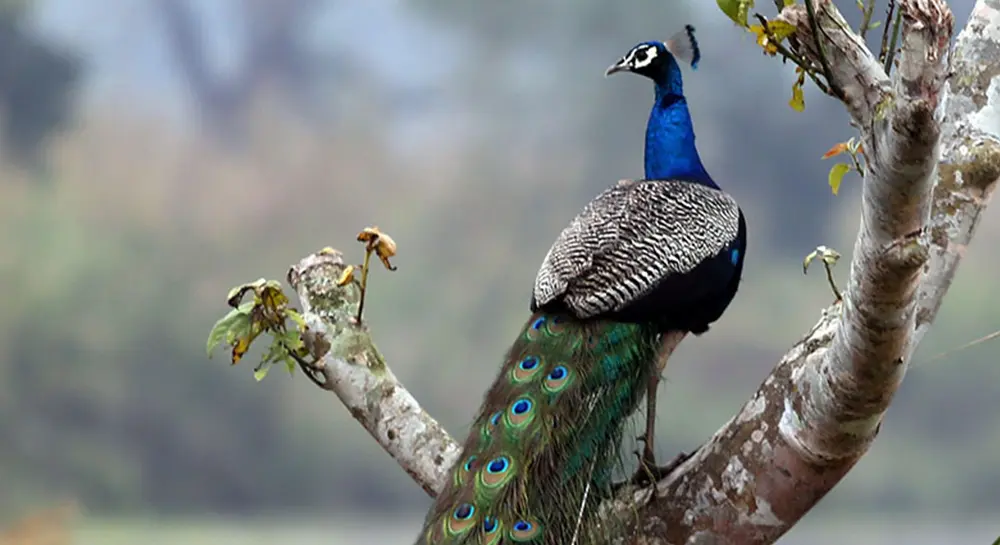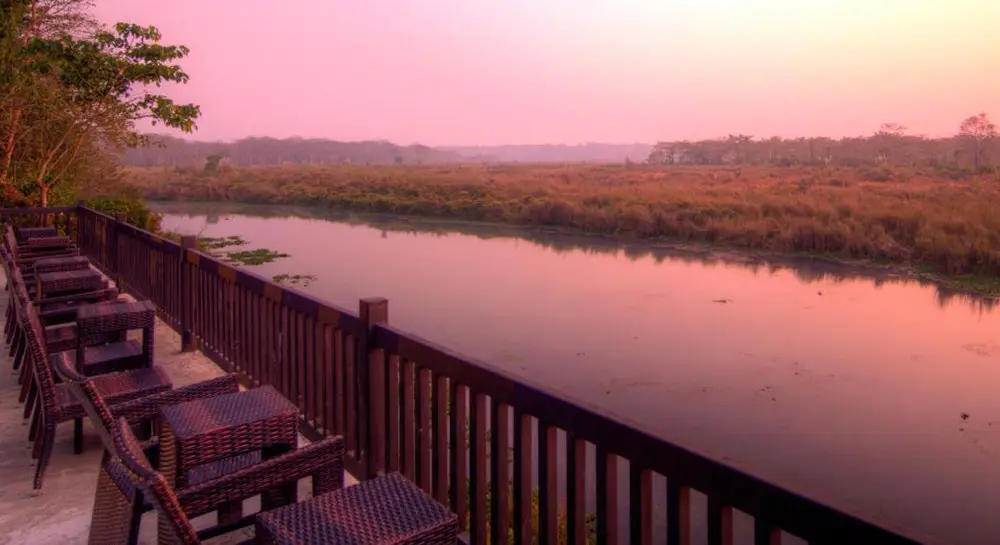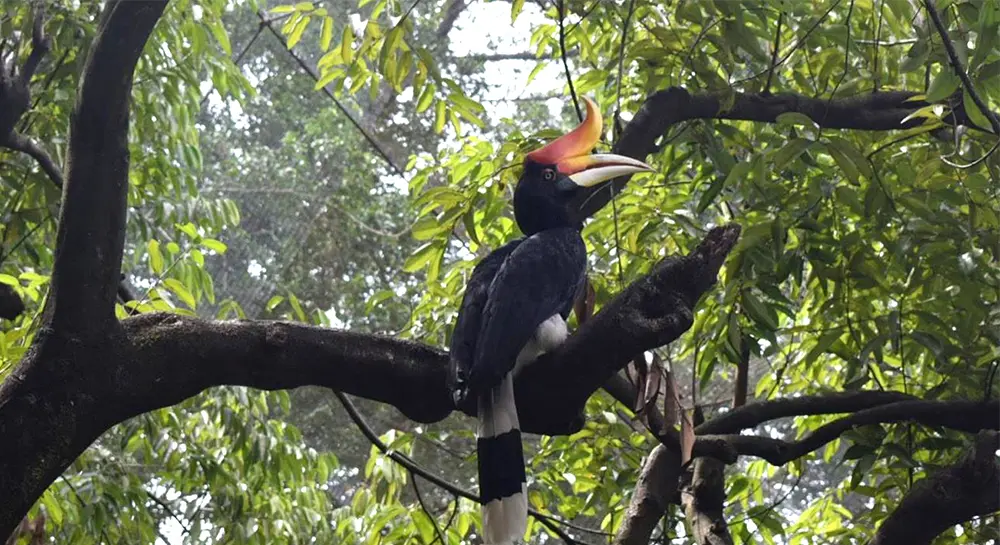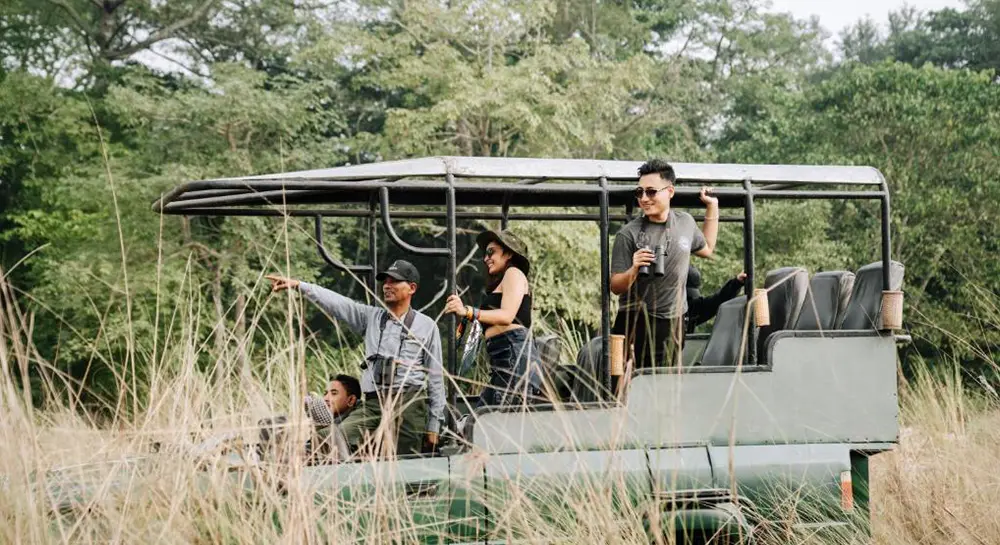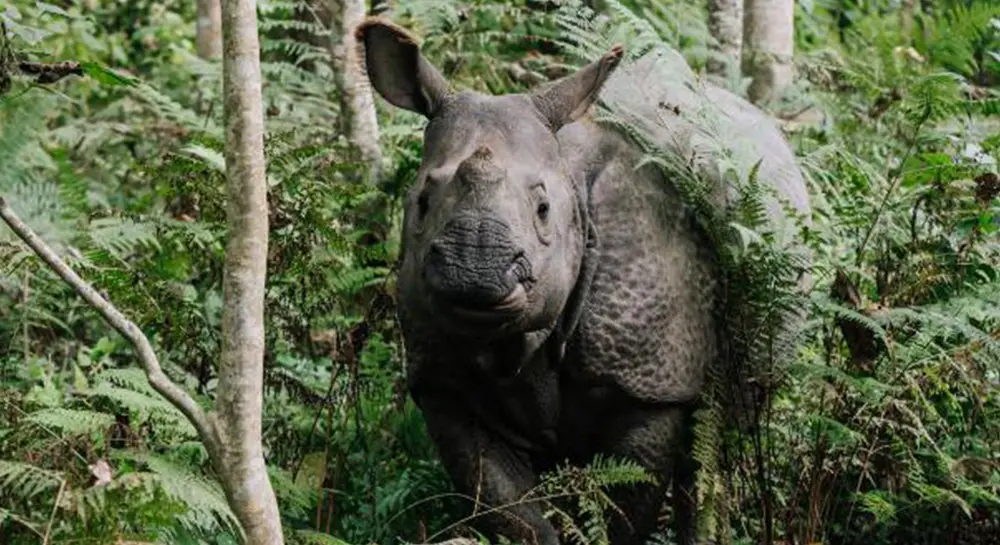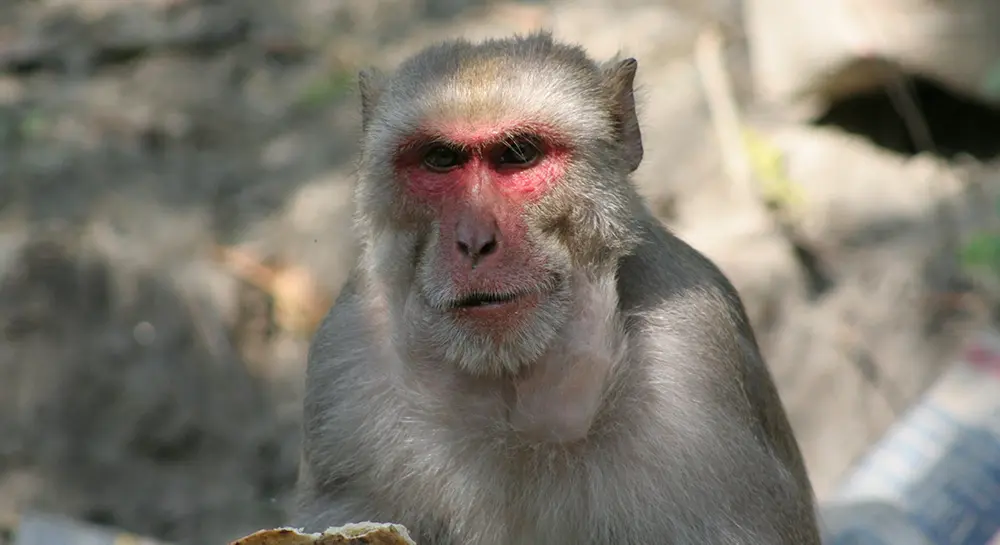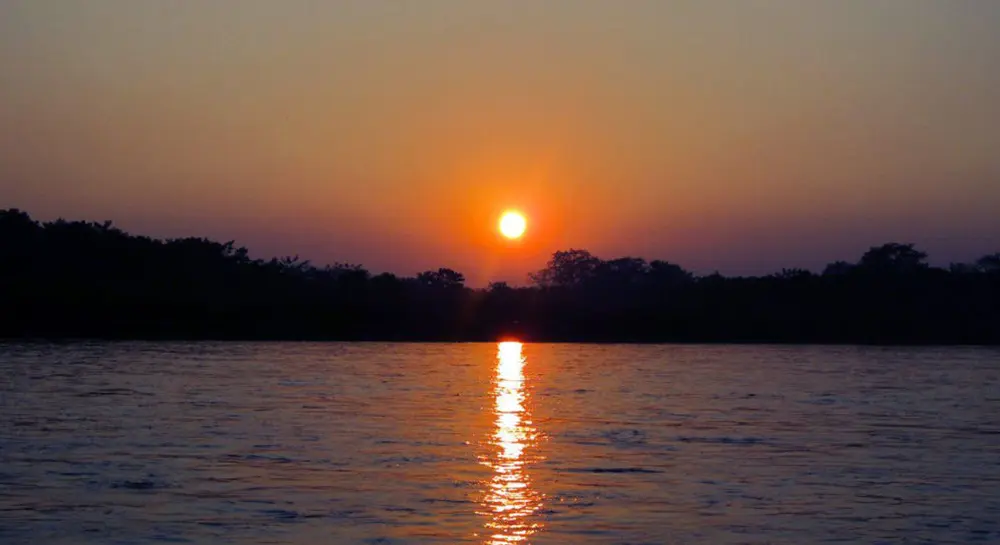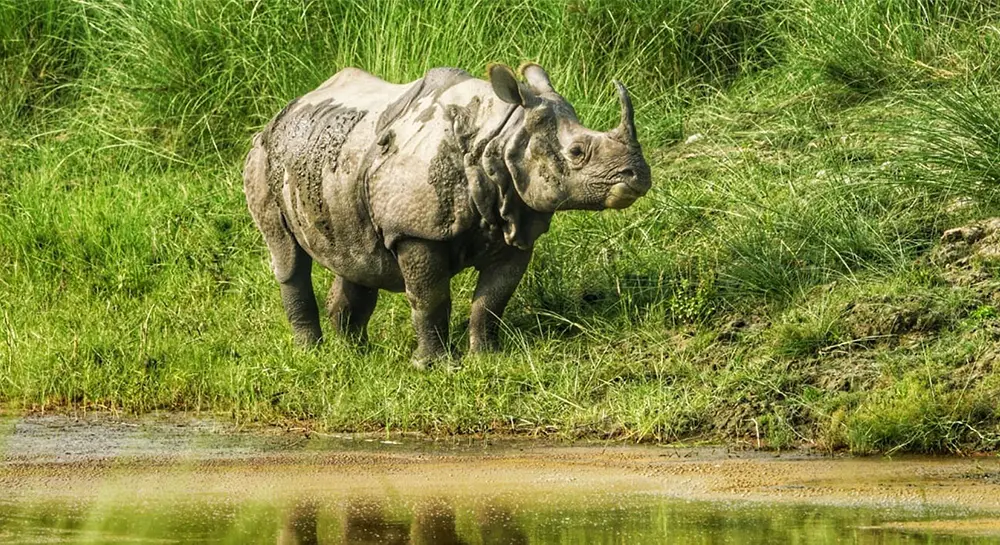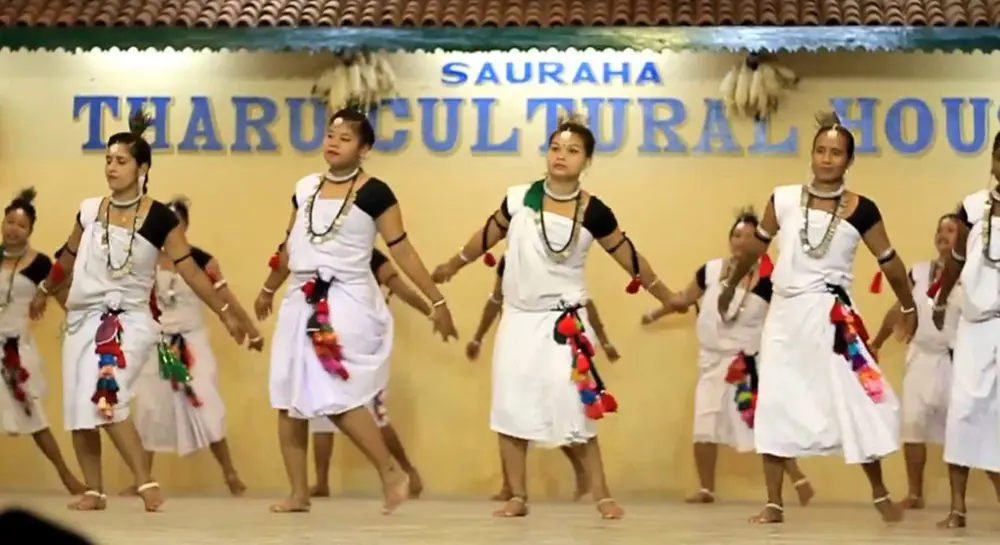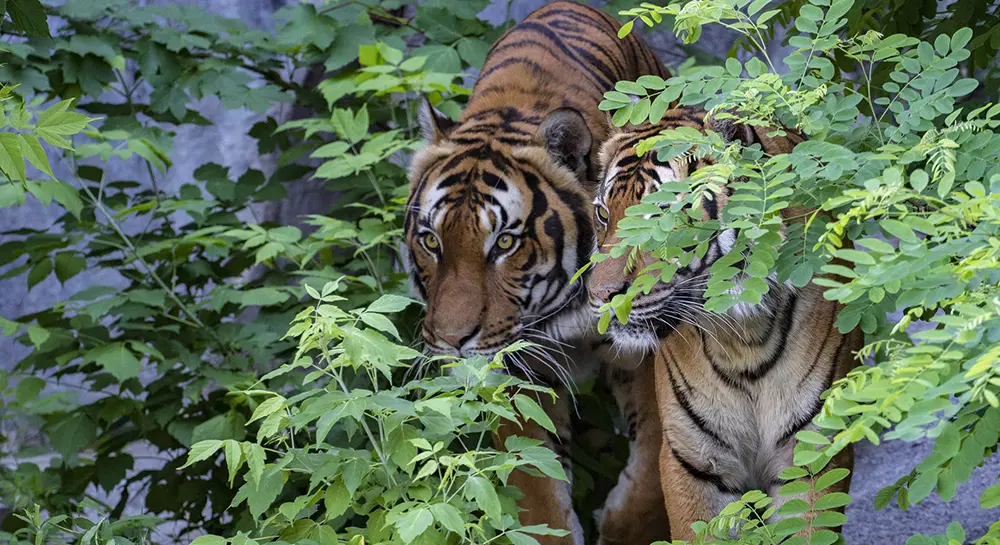- 28
- 1
Bird Watching Tour
Chitwan National Park is a haven for birdwatchers in Nepal, with the Chitwan birdwatching tour offering a unique opportunity to witness life in its diverse forms in its natural habitat. Bird species in Chitwan National Park, With over 544 birds, the park is home to about 65% of the entire bird population of Nepal, being one of the top destinations in Nepal for birdwatching. Some birds here have colours that resemble the gleaming kingfisher, while others, such as the Bengal florican, are rarer to spot. The green backdrop and ecological diversity provide a comfortable stay for both resident and migratory birds, much to the pleasure of ornithologists and nature enthusiasts.
Representative birding sites for Chitwan National Park include the banks of the Rapti and Narayani rivers, which are abundant with aquatic and wading birds. Observe woodpeckers, drongos, and hornbills among the dense canopy cover of the community forests. In the same way, the grasslands and wetlands of Chitwan National Park are critical for the breeding and feeding activities of several species, including storks, herons, and egrets. The listing also contains rare and endangered species like the Giant Hornbill and the Black-necked Stork, the sight of which is considered a crowning achievement in Chitwan birding.
Birding in its true context is best during the dry months from October to April, as migratory birds from countries as far as Siberia and Central Asia make their annual trip here. During this period, bird activity peaks, rainfall is minimal, and visibility is optimal. The early hours of the day, specifically immediately after sunrise, are the most rewarding for birding because birds in this area are most active during that time. For those seeking a unique birding experience, guided tours led by seasoned local naturalists can provide opportunities for rare sightings and offer valuable insights into the park’s diversity.
Diverse Bird Species in Chitwan National Park
Across from Chitwan National Park occur some of the richest bird varieties in Nepal. The famous birds include the Great Hornbill, Lesser Adjutant, Grey-crowned Prinia, Swamp Francolin, and Slender-billed Babbler. These species occupy the varied habitats of the park, from wetlands to grasslands to dense forests in Sal. Observing them high up in their trees or at their feet through the underbrush constitutes a familiar sighting on Chitwan birdwatching occasions. With the rich variety of habitats, the park supports a giant array of canopy dwellers as well as ground feeders; hence, it is a major draw for all ornithologists and bird enthusiasts. Bird species in Chitwan National Park are easily spotted by both novices and pros alike if assisted by an experienced guide, while generally, the best times for birdwatching in Chitwan are not difficult to find. For those who want to create the memories they will cherish all their lives, birdwatching in Chitwan National Park holds many opportunities to watch Nepal’s bird species up close.
Migratory Birds in Chitwan National Park
For migratory birds in Chitwan, their arrival is an exciting time for bird enthusiasts in Chitwan Park. In winter, water bodies attract groups of Northern Pintails and Bar-headed Geese that migrate from colder lands such as Siberia and Central Asia. With the rise in temperature, summer nesting migrants like the Indian Paradise-Flycatcher, Indian Pitta, and a few parakeet species brighten the landscape with vivid plumage and sweet calls. This seasonal cycle keeps birding vibrant through the seasons in Chitwan. Wetlands, riverbanks, and forest clearings are home to a variety of birds. The presence of migratory species in both winter and summer further strengthens the status of Chitwan as a premier birdwatching site in Nepal. Observing these birds in greater numbers draws a rewarding wild-day adventure, which is further amplified by planning your visit in tune with the migration seasons from October to April.
Rare and Endangered Birds in Chitwan National Park
Chitwan National Park holds enormous importance for the conservation of rare and endangered birds in Nepal. One of the most attractive species is the generally threatened Spotted Eagle, which breeds in the very same protected habitats of the park. Birdwatchers might get to see the gliding forms of these endangered species: white-rumped vultures, red-headed vultures, and grey-crowned prinias, all on their way out in South Asia.
In addition to anti-poaching patrols and habitat management, these initiatives are saving the avian treasures. Birdwatching here is more than a pastime: It is a way to support and witness true conservation action.
Secondly, for those who cherish elusive species, Chitwan often takes birdwatchers to sites where rare sights stand a greater chance of appearing. Particularly useful are guided tours for spotting shy or camouflaged birds. A trip to Chitwan is a chance to see the world’s most imperilled birds actually thriving in their nature.
Iconic Birds of Chitwan National Park
Among the many avian highlights of iconic birds of Chitwan, some of the famed birds of Chitwan National Park are definitely on the list that serious birdwatchers should go out to see. The Bengal Florican is a critically endangered grassland bird and one of the rarest sightings and conservation ambassadors. The grey-headed fish eagle flies, generally on sunny mornings, holding gracefully over the rivers, while the instep of the Sarus crane – the tallest flying bird in the world – provides grace to the wetland through its stature and enchanting courtship displays. These birds are an ecological symbol for Chitwan, and also their presence makes the park an eternal memory for wildlife lovers. Early morning excursions provide the best opportunity to observe these birds on graminous open lands among ponds and waters. Having these species sighted on one’s list for a bird-viewing tour in Chitwan would naturally provide the specific niche through which to appreciate the region’s natural heritage. Spotting them in the wild is indeed one of the high moments of birding in Nepal.


